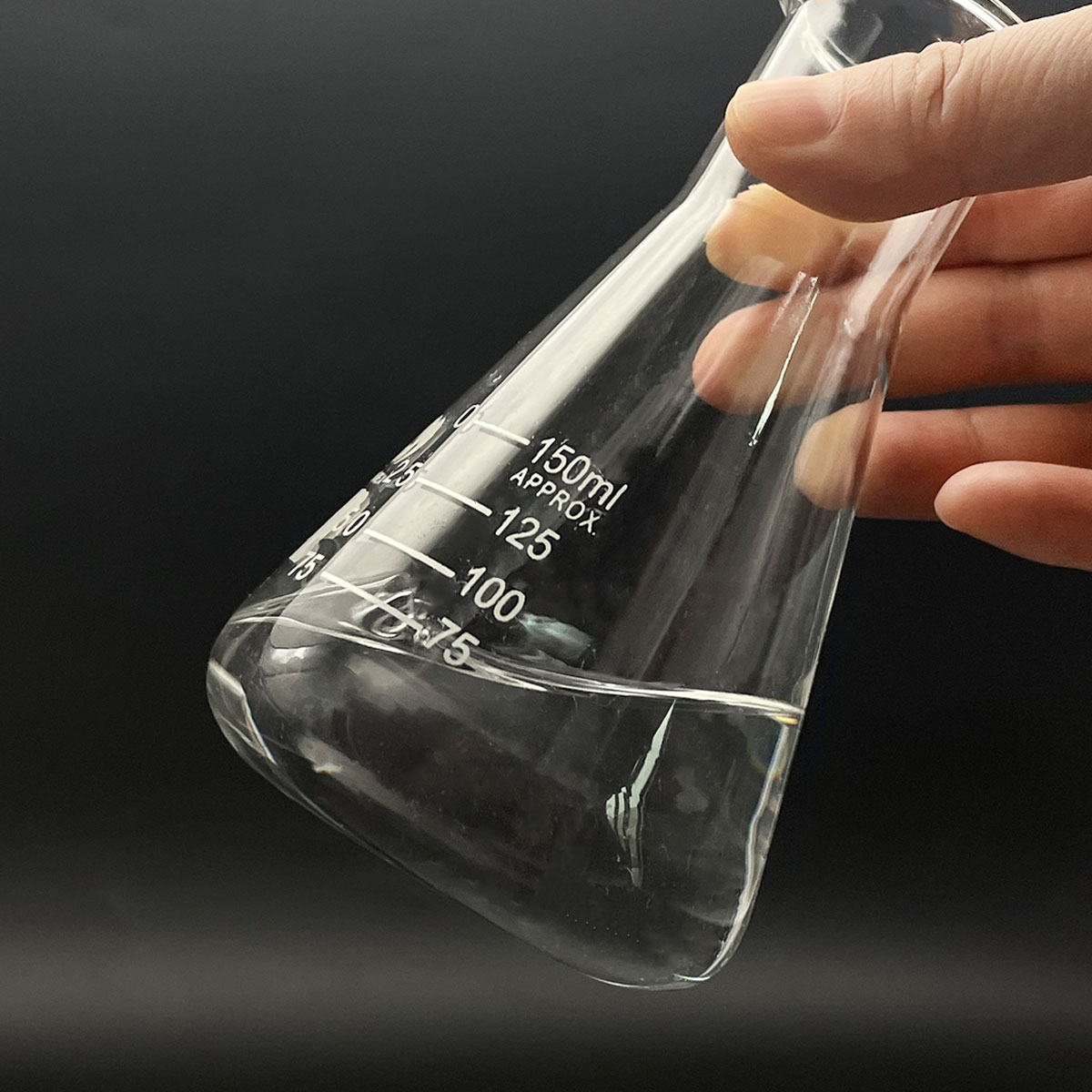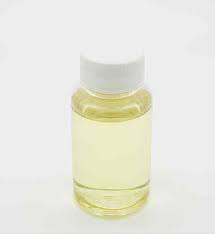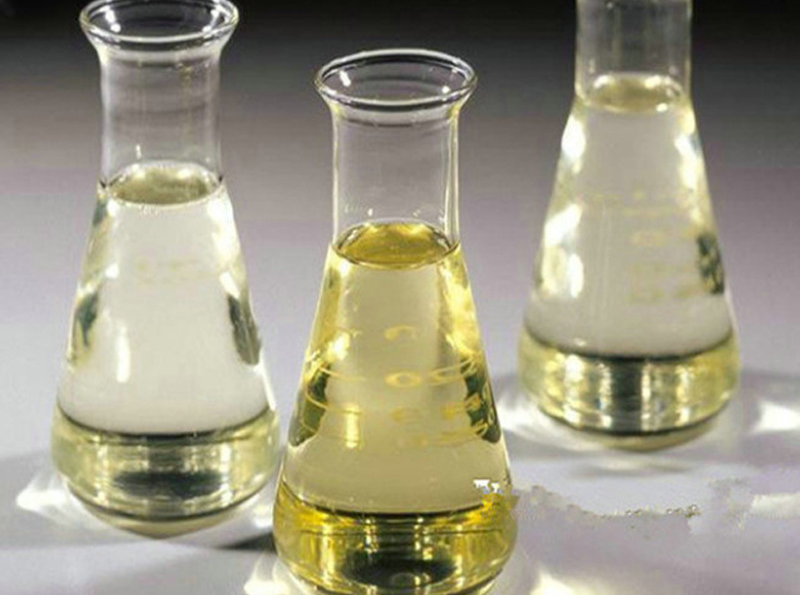Imagine trying to blow up thousands of tiny, wet balloons inside your chest every few seconds. Sounds tough, right? That’s essentially what your lungs do constantly. Millions of tiny air sacs, called alveoli, inflate and deflate with each breath. But here’s the catch. Water coats the inside of these sacs. Water molecules love sticking together. This creates surface tension, a force pulling the walls inward. Without help, these tiny sacs would collapse completely after you exhale, like a wet balloon shriveling up. Re-inflating them would take enormous effort every single breath. You’d be exhausted just trying to breathe.
(How Does Lung Surfactant Work)
Enter lung surfactant. Think of it as nature’s incredibly smart bubble mixture. It’s a slick substance made by special cells in your lungs. This stuff is mostly fatty molecules and some proteins. Its job is pure magic. Surfactant spreads out over the thin layer of water inside those delicate air sacs.
Here’s the clever part. The molecules in surfactant have two ends. One end loves water. The other end hates water and loves air instead. When surfactant coats the water surface, these molecules arrange themselves perfectly. The water-loving ends dip into the water. The air-loving ends stick straight up into the air space inside the sac.
This arrangement breaks the water’s surface tension dramatically. It’s like adding dish soap to water. Soap makes bubbles possible and stops them from popping instantly. Lung surfactant does the same for your alveoli. It makes those tiny sacs much easier to inflate. It prevents them from collapsing completely when you breathe out. Breathing suddenly takes far less work. Your muscles don’t have to fight against that strong inward pull anymore.
This becomes critically important for newborn babies. Before birth, their lungs are filled with fluid. They don’t need surfactant. Making the switch to breathing air is a huge challenge. Babies start producing surfactant late in pregnancy. A baby born very prematurely often hasn’t made enough surfactant yet. Their tiny air sacs struggle badly. High surface tension makes inflation incredibly difficult. Collapse happens easily. This causes Infant Respiratory Distress Syndrome (IRDS), a serious condition. Doctors treat this by giving artificial surfactant directly into the baby’s lungs. This lifesaving treatment mimics the natural substance, helping the baby breathe.
(How Does Lung Surfactant Work)
For adults, healthy surfactant function remains vital. It keeps our breathing effortless and efficient. Problems with surfactant production or quality can contribute to lung diseases. Understanding this slippery substance reveals a brilliant piece of biological engineering working silently inside you, breath after breath. It’s the invisible barrier stopping your lungs from turning into a tangled mess of collapsed bubbles.
Inquiry us
if you want to want to know more, please feel free to contact us. (nanotrun@yahoo.com)




